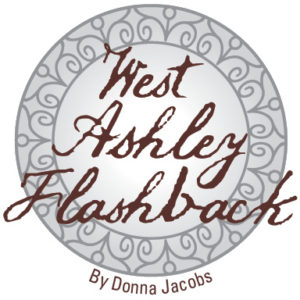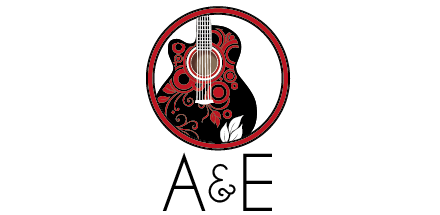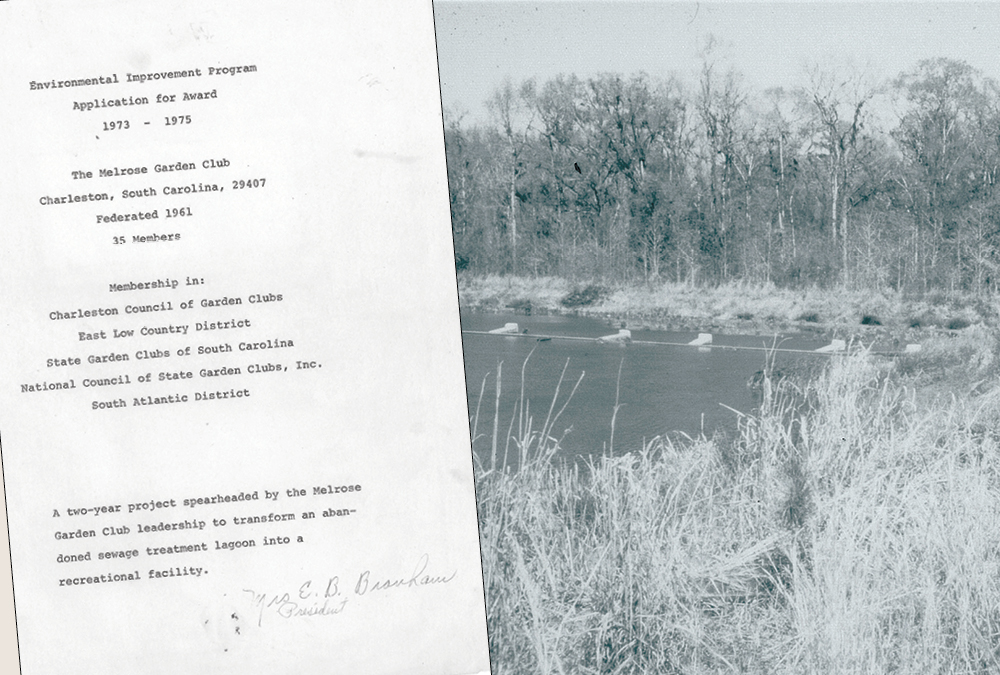Looking back at the first 50 years of the Shaftsbury, Melrose, and Longbranch neighborhoods
 Flower Power was a popular peace slogan in the late 1960s and early 1970s. Over time, the ladies that formed neighborhood garden clubs may have seen the power of the flower from an entirely different perspective.
Flower Power was a popular peace slogan in the late 1960s and early 1970s. Over time, the ladies that formed neighborhood garden clubs may have seen the power of the flower from an entirely different perspective.
The foundation of garden clubs dates back to the early 1900s. The clubs were more than just a place for women to learn how to arrange flowers or how to make their suburban yards beautiful. It was a place for them to gather, socialize and exercise influence in making the community a great place to live.
The stories behind these garden clubs and their community projects are powerful and empowering. Take the one about how Melrose Garden Club championed the conversion of an abandoned sewage lagoon into a pool and recreation facility for the neighborhoods of Melrose, Longbranch and Shaftsbury.
According to the 72 page “Application for Award” submitted by the Melrose Garden Club to the Sears, Roebuck and Co. sponsored HANDS Environmental Improvement Program, the club lead this two-year project. The story behind the creation of Sha-Mel-Lon is refreshing. Let’s take a dip.
First, the back story … When the neighborhood was developed in the mid 1950s it lacked the infrastructure of the public sanitary sewer system. This was typical for much of the suburban development in St. Andrew’s Parish. For Melrose, septic tanks and later an open oxidation pond was the technology de jour.
By 1970, sewer lines had been installed in Melrose and the oxidation pond was “partially drained and abandoned by the Public Service District”. Recognizing that the abandoned lagoon was potentially dangerous, possibly a future health hazard and a location for mischief, the ladies of the Garden Club believed a facility that could provide recreational opportunities not only for their families and children but also for the neighborhoods of Longbranch and Shaftsbury was a way to come out smelling like roses.
In the “Reasons for Selection and Need” section of the application, they pointed out that the closest city playground was 4 miles away and the closest public swimming pool was 7 miles away. Recreational opportunities for the youth in the neighborhoods were in the forefront of the ladies’ minds. Time to dive in and get the facts on how to build a pool, pool house and tennis courts.
The list was lengthy: how would the club acquire the land; how much would the land cost; how does one build a community pool; how much does a community pool cost; was the abandoned lagoon the best site; what were the DHEC requirements; how to finance the project; and under what structure would this project be best executed?
All good questions. And there were many more as information was obtained. It was determined that an eleemosynary corporation be established as the umbrella structure for receiving money and managing the project. Each interested family would invest $500 in the corporation. The hope was that between 125 and 130 families would put their money where their swim fins were.
It quickly became apparent that additional “sweat equity” would be needed. It was determined that a Master Plan for a recreational center be developed and then broken up into 5 phases with a “Future Phases” added for fun. Soon “Phase One” – construction of the pool, bath house, parking lot, bike path, drainage support for the area and pool, and lighting- was the talk of the club.
When the members of the club learned that the owner of the property would accept the assessed value, $21,000, as a purchase price it was time to assess the interest of the community. Would the necessary number of families “dive” in? The first “comprehensive” meeting was held on February 9, 1973, the night of the “biggest snow storm in Charleston history”– 7.1 inches of accumulated snow. Snow was not getting in the way of swimming, though.
On Feb. 13, 1973, club members and their children went door to door in the three neighborhoods delivering flyers outlining the proposed project. Attached to each flyer was a response card for the residents to give a thumbs up or down.
Of the 300 families contacted, only 105 replied, 65 with interest and 40 not so much. This was initially disappointing. However, by March the snow had melted; attendees at the organizational meeting filled the Church where the meeting was held; and the interest level was higher than the postcard responses.
An enthusiastic timeline was developed with the hopes of a pool by June. The Sha-Mel-Lon Recreation Center, Inc. was formed from this March meeting and even though the group felt they were swimming against a current they kicked in and began to make things happen.
… to be continued next month.
This is too detailed a story to tell in one column. Thanks to Hugh Hiott, Jennifer King, and Jennifer Tissot for bringing this story to my attention.
Stories about St. Andrew’s Parish neighborhoods? Contact Donna Jacobs
at westashleybook@gmail.com.














